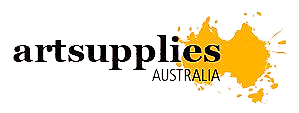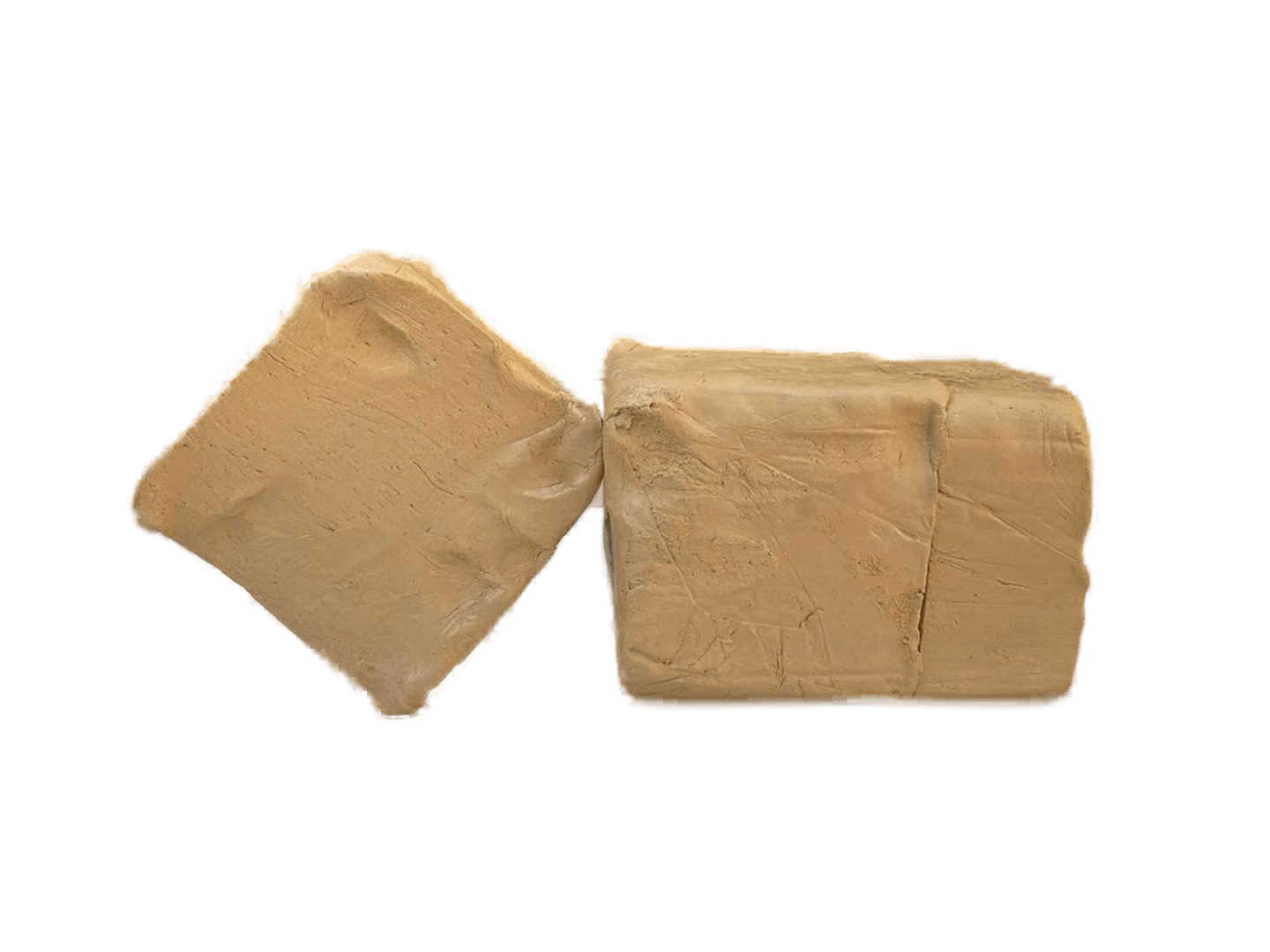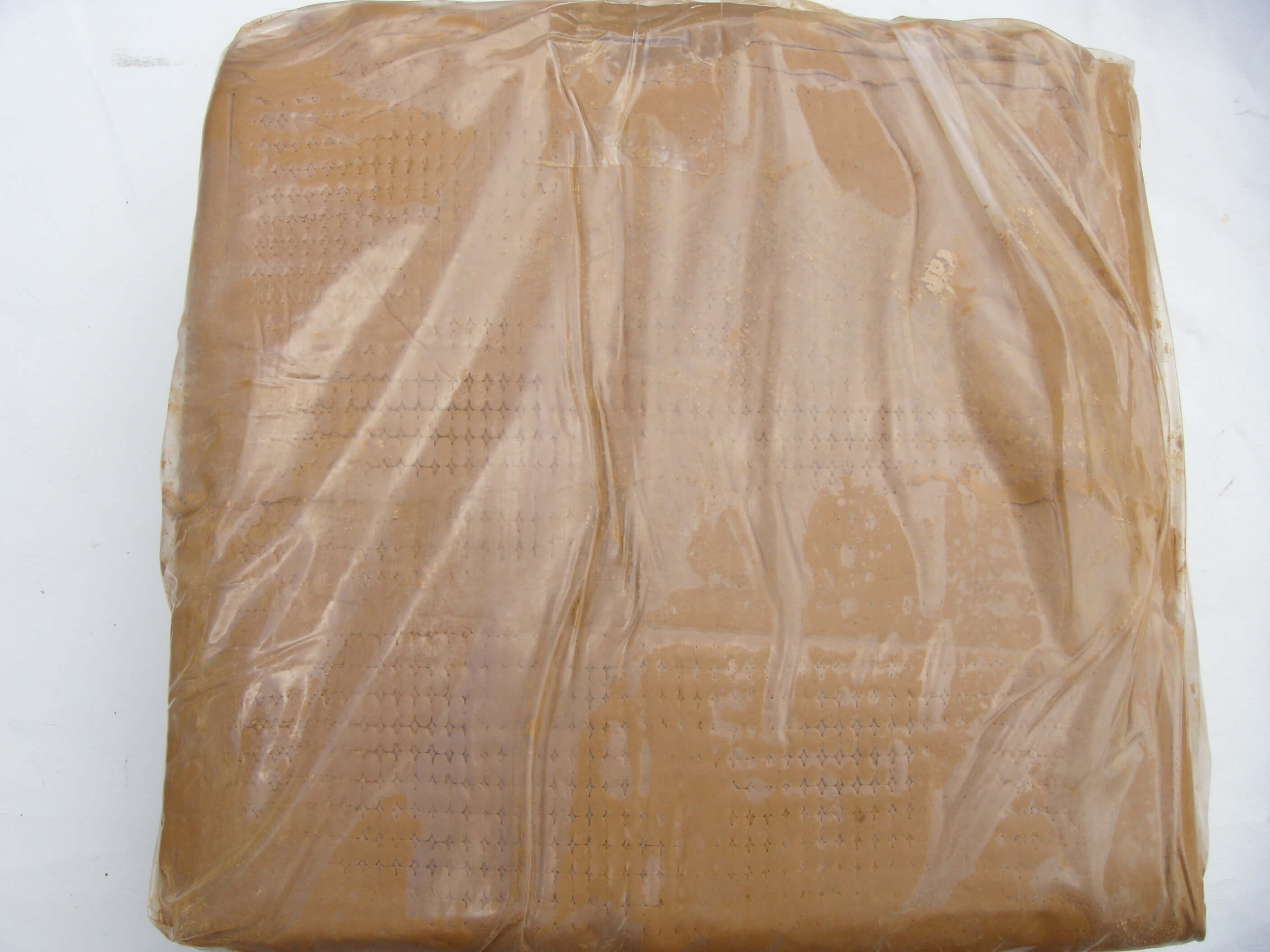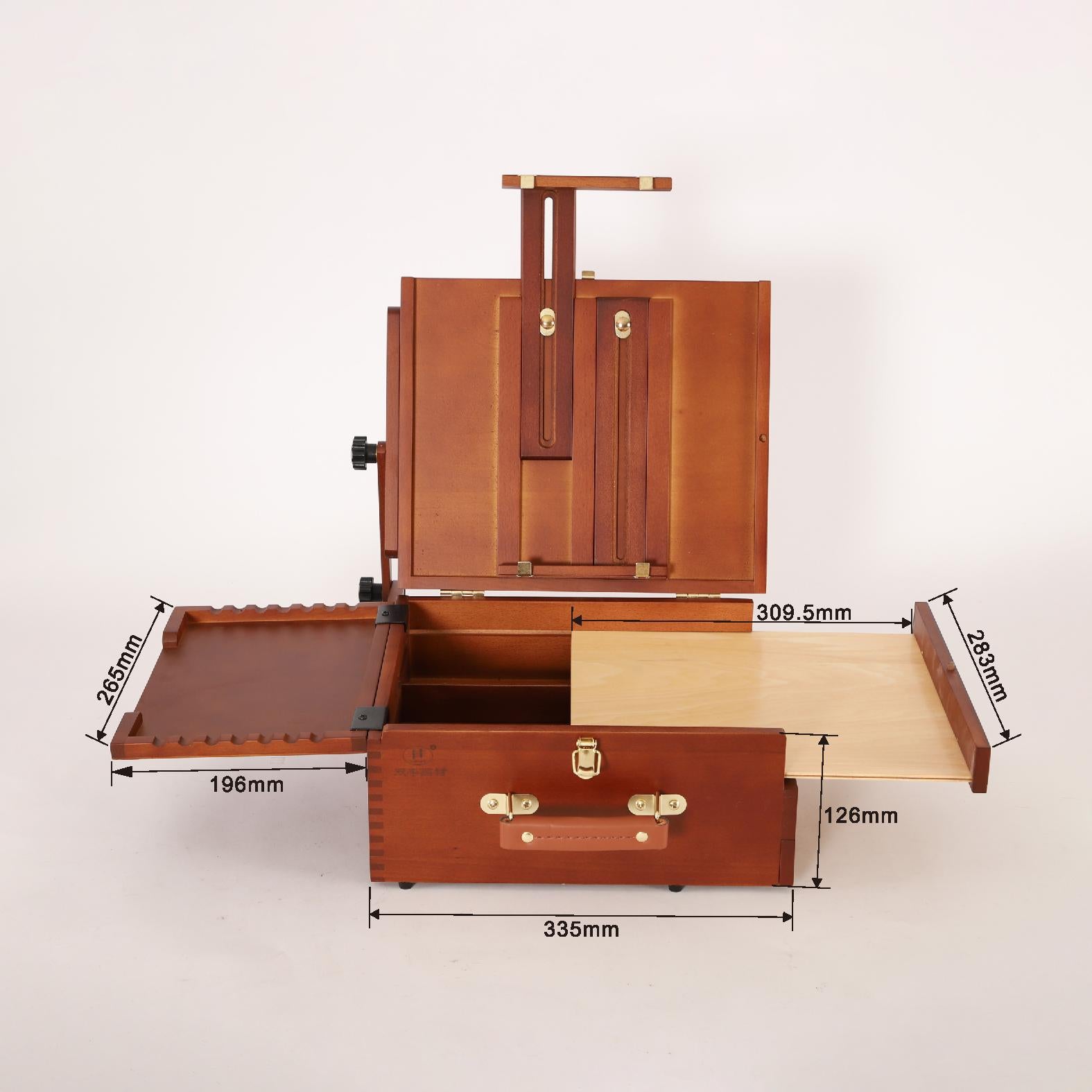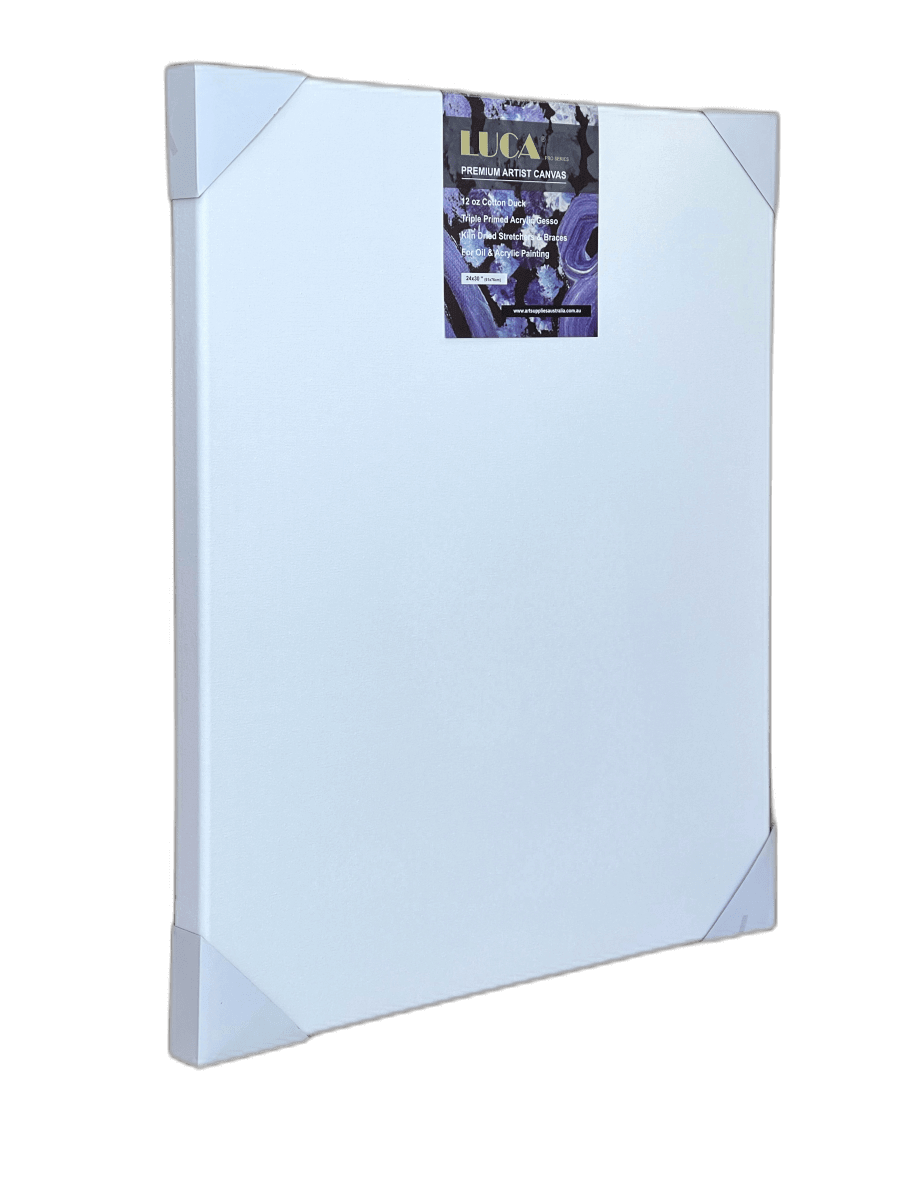If you are wondering how watercolour paint is made, you are not alone. Thousands of artists worldwide use this method for painting, art supplies and art form that has a long and rich history. It's also an easy way to create stunning images that's as versatile as it is beautiful. While the process is pretty simple, there are some things you should keep in mind before getting started. Read on to learn more about watercolour paint.
The Mixtures that Comprise a Watercolor Paint

The pigment in watercolour paint is mixed with a binder that holds pigment particles together. The binder is typically gum-arabic, a transparent substance that has the coloured pigment to the paper. In addition, some brands use artificial brighteners. These substances don't separate from the pigment in the final product, and they don't affect the finished colour. However, it would help if you were sure to check the label to see what's in the paint.
While most pigments are interchangeable, the names used by manufacturers vary. For example, you might see Sap Green from one manufacturer and Quinacridone Magenta from another. Although they may have similar properties, these differences may make it more challenging to know which pigments work with other colours. As with any paint product, it's always better to experiment with various brands and see which ones work best for you. In addition, it's important to avoid working in a kitchen or other environment where you can breathe harmful fumes or eat food.
The Processes

The process of making watercolour paint is relatively simple. It starts with the creation of pigments. Next, the pigment particles are ground into fine particles and suspended in the transparent binder. Then, the pigment is mixed with water, a binder that helps hold the pigment particles in place. This allows the pigment to spread through the paper and create a luminescent effect. In addition to pigments, you can also find other ingredients in the paint, such as gum arabic and rubbing alcohol.
While many oil and acrylic paints are opaque, watercolours are translucent. They can be opaque or transparent, depending on the quality of the ingredients. A good watercolour will depend on which of these factors is added to the pigment. For example, while a thin layer of Chinese white makes the paint more translucent, a thicker layer can be more resistant. You can make this type of painting by adding a few drops of pigment to the water.
Know Your Watercolor
When making watercolour, it is essential to know how it is made. In the beginning, artists made the paint by grinding the natural pigments, which included animal fat. This led to the decline of the market for the medium. In the 1830s, artists were using a mixture of a combination of natural and synthetic pigments. In the early days, the paint was made by placing the soaked cake in water. Then, the artist would add the water and stir the pigments.
How Watercolor Paint is Made
While watercolour paints are not stain-resistant, they will not smear or bleed when they are wet. This is because the binder, which holds the pigments in suspension, is the essential ingredient. However, it is necessary to note that the proportion of natural and synthetic pigments can vary. Therefore, it is best to wear latex gloves and paper face masks while you're working with them. Using a mask or gloves can protect you from any traces of pigment powders in your hands.
